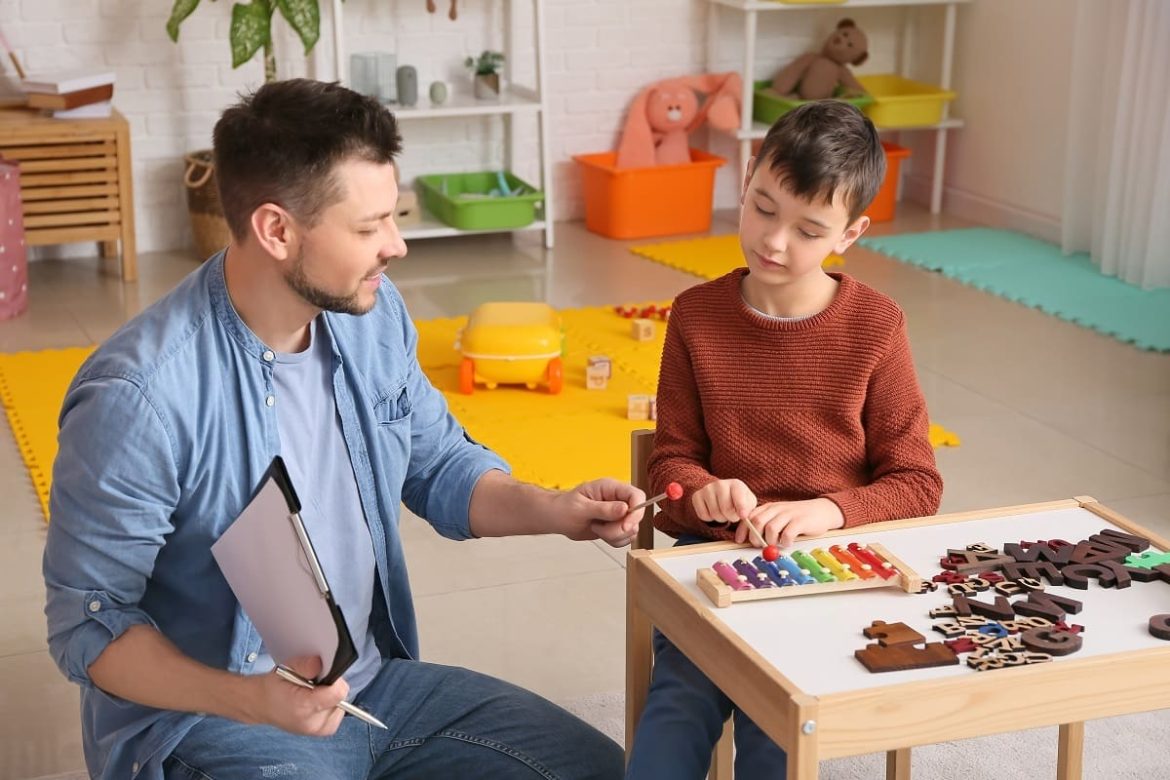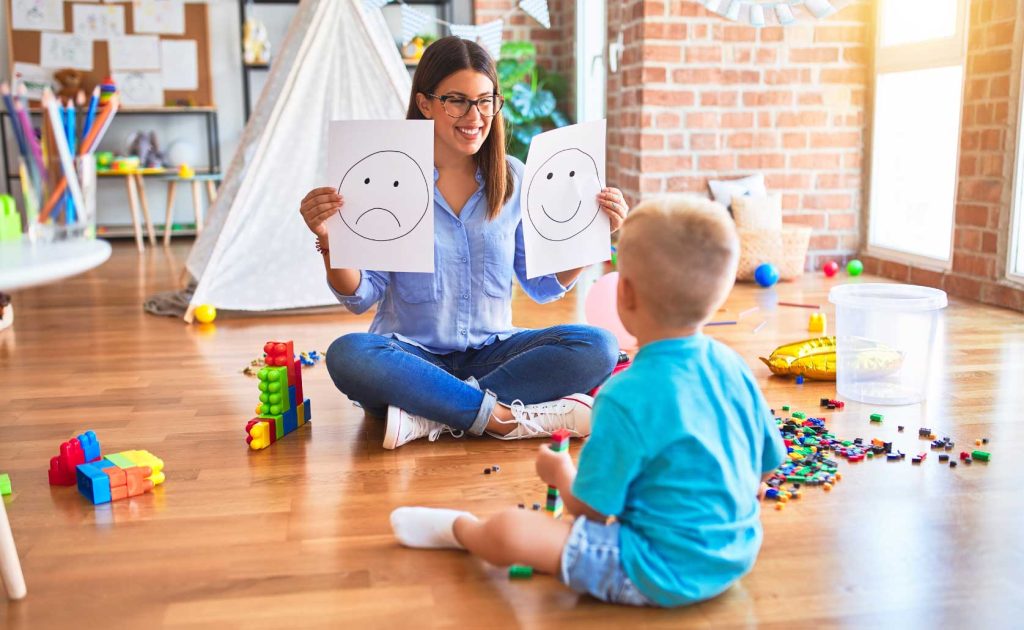Healthcare organizations rely on a complex network of staffing suppliers, service vendors, and contingent labor partners to deliver consistent patient care. Managing these relationships manually often leads to fragmented processes, rising costs, and compliance risks. Managed Service Provider MSP programs offer a structured, technology-driven approach that significantly improves vendor management while supporting operational efficiency and workforce stability.
Understanding MSP Programs in Healthcare
An MSP program centralizes the management of external vendors, temporary staff, and service providers under a single governance model. In healthcare environments, this approach brings order to highly regulated, fast-moving operations where workforce reliability and compliance are critical.
Key characteristics of MSP programs include:
- Centralized vendor oversight and communication
- Standardized workflows for sourcing and onboarding
- Real-time visibility into vendor performance and spend
By creating consistency, healthcare organizations gain better control over vendor relationships and outcomes.
Strengthening Vendor Accountability and Performance
One of the most significant benefits of MSP programs is improved vendor accountability. Clear expectations, measurable metrics, and ongoing performance tracking help vendors align with organizational goals.
MSP-driven vendor management enables:
- Standardized service-level agreements across all vendors
- Performance scorecards to track quality, fill rates, and responsiveness
- Data-driven feedback that encourages continuous improvement
This structured oversight ensures vendors contribute positively to patient care delivery rather than adding operational strain.
Enhancing Compliance and Risk Management
Healthcare organizations operate under strict regulatory and credentialing requirements. MSP programs embed compliance into every stage of vendor engagement, reducing exposure to risk.
Compliance-focused benefits include:
- Automated credential verification and documentation tracking
- Consistent adherence to labor laws and healthcare regulations
- Reduced risk of unqualified or non-compliant staff placements
With an MSP model, organizations can confidently scale vendor usage without compromising safety or regulatory standards.
Improving Cost Control and Financial Transparency
Unmanaged vendor ecosystems often result in inconsistent pricing and hidden costs. MSP programs introduce financial discipline through centralized rate management and spend analytics.
Financial advantages of MSP programs include:
- Standardized pricing and negotiated vendor rates
- Real-time visibility into vendor spend across departments
- Reduced administrative overhead and invoice errors
These insights allow healthcare leaders to make informed budgeting decisions while maintaining workforce flexibility.
Supporting Workforce Agility and Care Continuity
Effective vendor management directly impacts workforce stability and patient outcomes. MSP programs streamline vendor coordination, ensuring the right talent is available when and where it is needed.
Operational improvements include:
- Faster fulfillment of staffing and service requests
- Reduced gaps in coverage during peak demand periods
- Improved collaboration between internal teams and external vendors
This agility helps healthcare staffing msp organizations maintain continuity of care even in unpredictable environments.
A Strategic Advantage for Healthcare Organizations
MSP programs transform vendor management from a reactive task into a strategic advantage. By centralizing oversight, enhancing compliance, improving cost control, and strengthening vendor performance, healthcare organizations can build resilient, efficient vendor ecosystems. As workforce complexity continues to grow, MSP programs provide a scalable foundation that supports both operational excellence and high-quality patient care.





